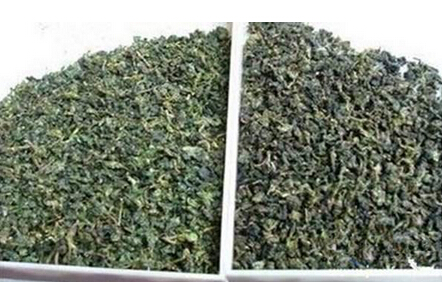
New tea and aged tea are relative terms. Conventionally, the first few batches of fresh leaves picked from tea plants in spring and processed within the same year are called new tea. However, some classify all tea processed in the current year as new, while tea from the previous year or older, even if well-preserved, is labeled aged tea.
For most tea varieties, new tea is superior to aged tea. The saying "Drink tea fresh, age wine" reflects this wisdom. As noted in Song Dynasty's "Dou Cha Ji," "Tea, regardless of form, values freshness; water, regardless of source, values vitality." New tea boasts vibrant color, aroma, and flavor, described as "bright and fragrant." Aged tea, by contrast, often loses luster and develops a dull taste due to oxidation of compounds like acids, esters, and vitamins during storage, forming substances that degrade quality.
However, some teas improve with age. For instance, premium teas like West Lake Longjing, Biluochun, or Huangya benefit from 1–2 months of storage in lime-sealed jars, enhancing purity and aroma. Others, like Wuyi Rock Tea, Pu'er, or Liubao tea, develop richer flavors over time when stored properly, as microbial activity and slow aging create harmonious new aromas.
How to distinguish new from aged tea? Key indicators include:
(1) Color: Oxidation and light exposure degrade pigments. Green tea turns from emerald to dull yellow-green; black tea fades from glossy black to grayish-brown.
(2) Taste: Oxidation reduces soluble compounds, thinning the flavor. Amino acid breakdown diminishes freshness, leaving a flat taste.
(3) Aroma: Volatile compounds evaporate or oxidize, muting the fragrance.
These differences vary by storage conditions and tea type—some aged teas maintain or even improve quality.